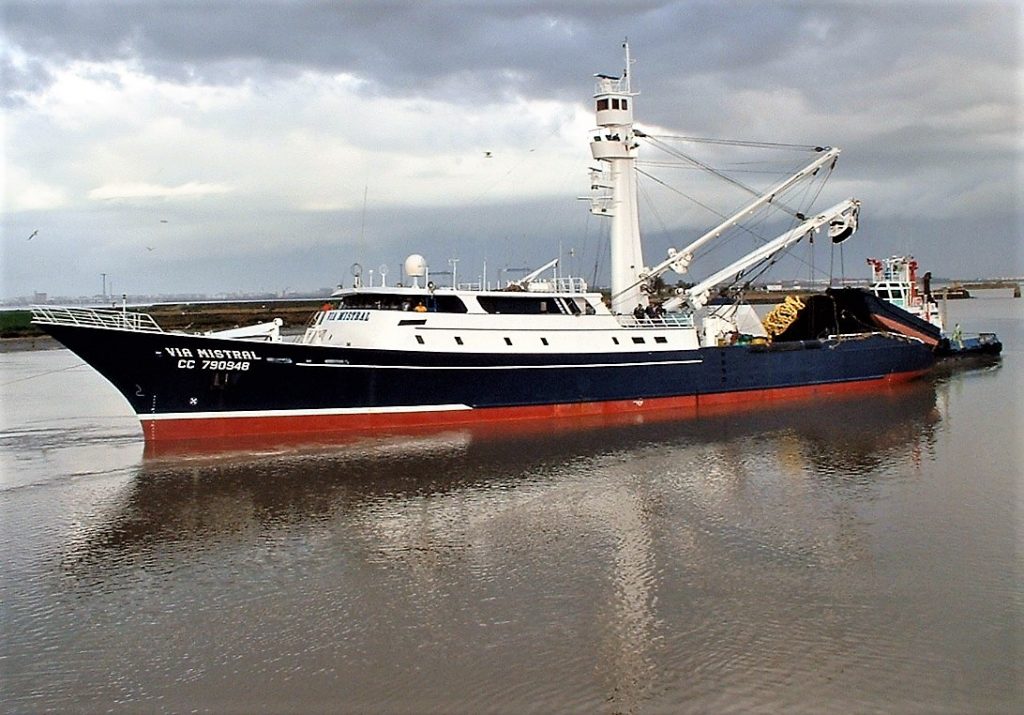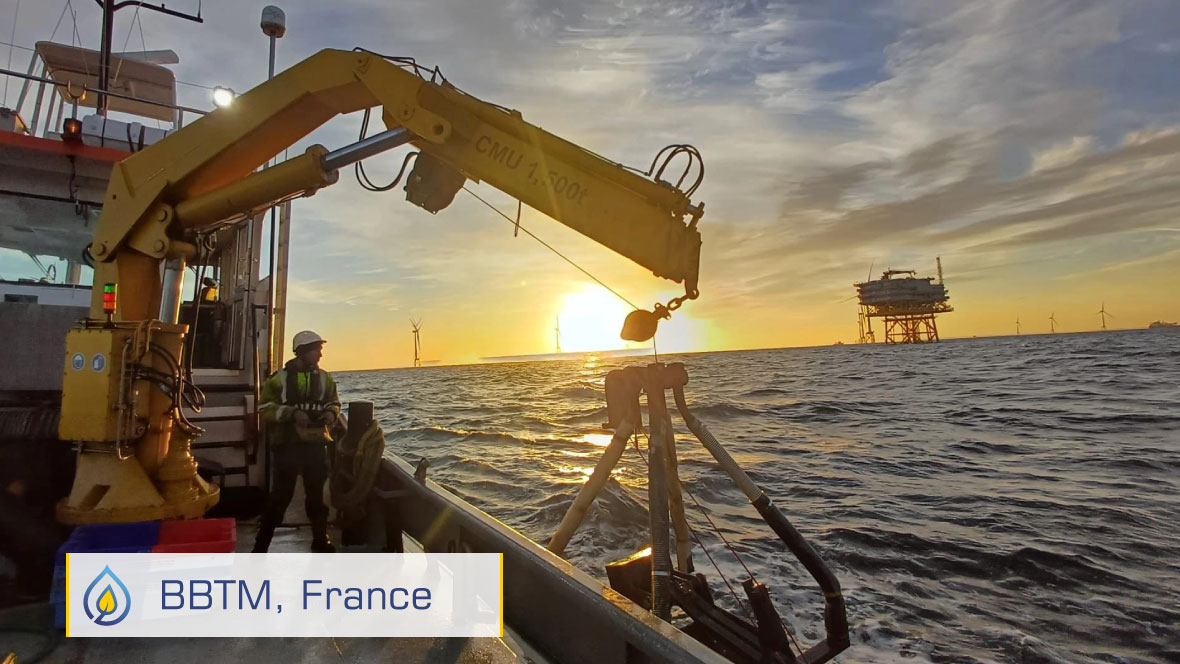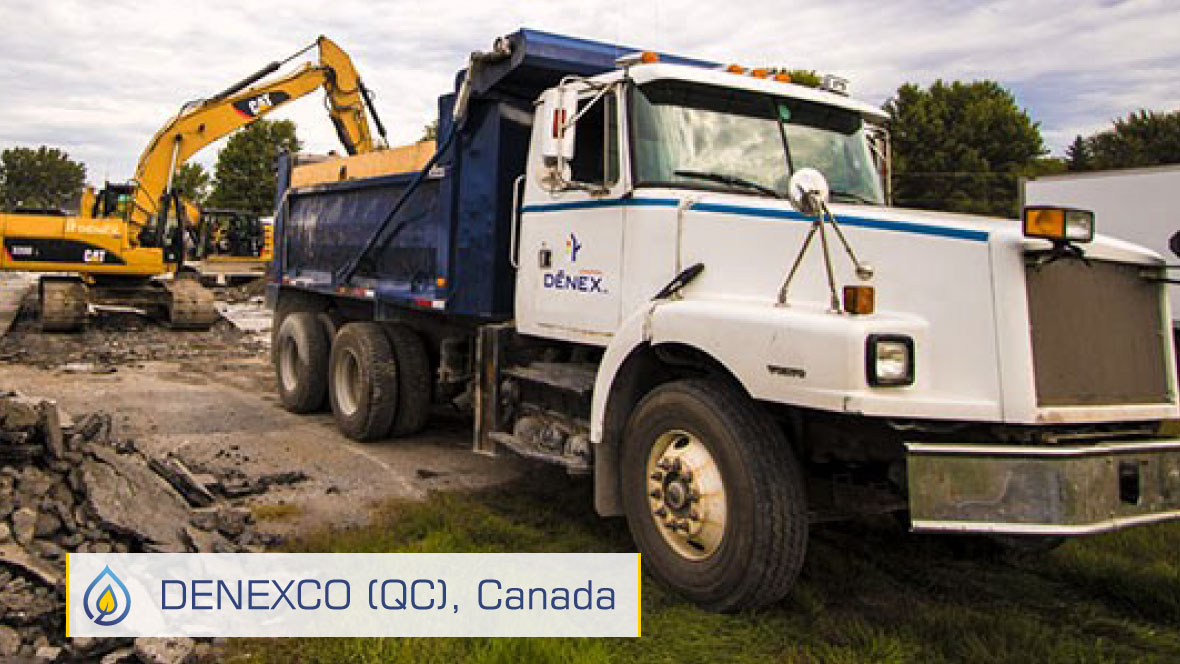Starting on March 3, 2002, the crew treated all the fuel on board at a ratio of 3,000:1. This first trip ended on April 18, 2002.
Main characteristics of the Via Mistral:
- Length a. → 78.33 meters;
- Width a. → 13.68 meters;
- Capacity (fish) → 1,643.83 m³;
- Capacity (fuel) → 00 m³;
- Main engine → Caterpillar 3612 / 3450 kW A 900 T;
- Auxiliary engines → Caterpillar 3412 / 431 kW.
The ship is based in Abidjan, Côte d’Ivoire, where it loads its fuel and goods before each fishing trip.
FIRST POSITIVE RESULTS: FUEL SAVINGS WITH XBEE
At the end of this first trip, the chief engineer noticed a reduction of the exhaust smokes, estimated at about 20%. Temperatures also were reduced by 2%.
On March 24, Bruno Martin based on the collected data estimated a reduction of the fuel consumption by 6.54%.
Another remarkable marker of the cleaning effect of XBEE was more deposits in the lube oil during the first weeks of treatment. The same has been observed in the filters and separators that collected more deposits.
Main engine fuel consumption per mile sailed (Lt):
– Treatment started during voyage 79, was incomplete on the next voyage, and regular from voyage 81 to 97.
– Data are missing for voyages 66, 67, 69, and 83.
– Trip 84 is quite unusual and can be explained by a contaminated fuel batch.
Auxiliary fuel consumption per ton of fish (Lt):
– Data are missing for trip 91, as the vessel stopped for technical overhaul.
– Trip 92 was made after the above-mentioned inspection.






